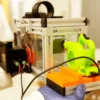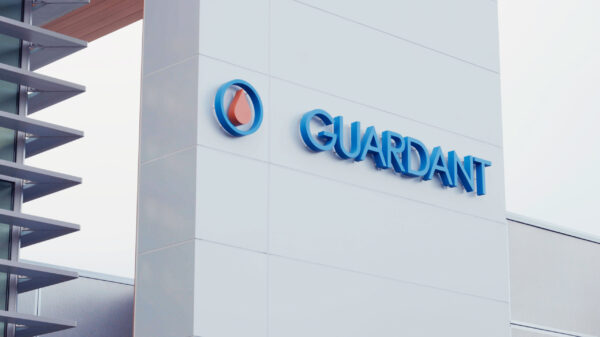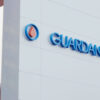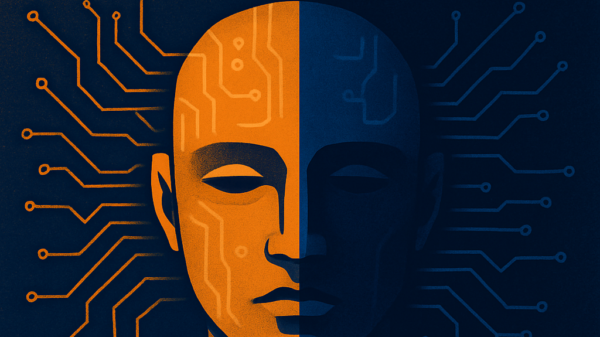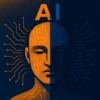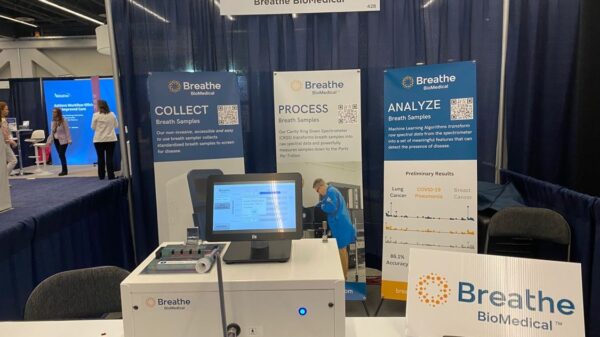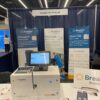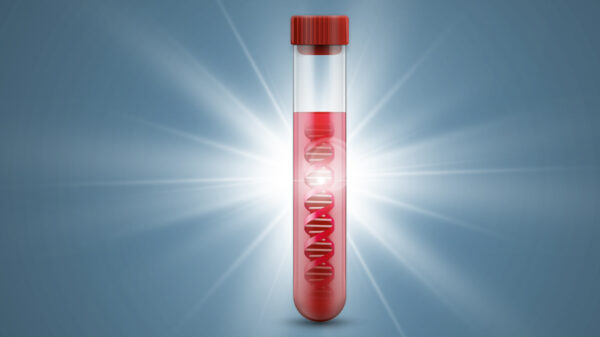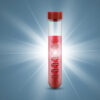According to Statistics Canada, 31 per cent of Canadians aren’t getting enough sleep, leading to a host of health problems including Type 2 Diabetes, high blood pressure, heart attack, stroke and more, so it’s no surprise that a substantial market has arisen to deal with the issue.
Sleep is necessary and essential for every process in the body. It affects our physical and mental health and functioning for the next day, as well as our ability to fight disease and develop immunity. It helps our metabolism and chronic disease risk.
Here are the health benefits:
- Get sick less often.
- Stay at a healthy weight.
- Lower your risk for health problems like diabetes and heart disease.
- Reduce stress and improve your mood.
- Think more clearly and do better in school and at work.
- Get along better with people.
The market that’s arisen involves two different aspects of sleep: getting to sleep and staying asleep, and focuses on everything from providing physiological relief, such as in the case of obstructive sleep apnea, to providing data-driven solutions with wearables and items like SMART beds, to the classic function of medicating the problem away with sleeping pills.
Here’s a bird’s eye view of the sleep technology industry.
Obstructive sleep apnea
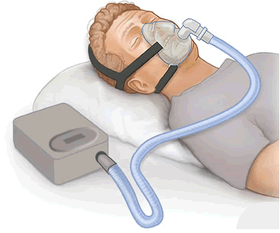
From wikipedia.org
Obstructive sleep apnea happens when the muscles in the back of the throat relax too much, obstructing normal airflow. These muscles support structures including the soft palate, the triangular piece of tissue hanging from the soft palate called the uvula, as well as the tonsils and tongue.
The CPAP machine is one solution to this problem. CPAP stands for continuous positive airway pressure, and it’s the shorthand for a series of devices that open up the airway constricted by obstructive sleep apnea (OSA). Approximately 50-70 million adults in the United States have a sleep disorder, and OSA is one of the most prevalent of these. So prevalent in fact that approximately 3-7 per cent of men and 2-5 per cent of women have it. Worldwide, over 100 million people suffer from sleep apnea.
There are plenty of public companies offering sleep aids for apnea. Among them are Teva Pharmaceutical Industries (NYSE:TEVA) Viemed Healthcare (NASDAQ:VMD), ResMed (NYSE:RMD) and Incannex Healthcare (NASDAQ:IXHL), and today’s focus, Quipt Home Medical (NASDAQ:QIPT) (TSXV:QIPT).
Qipt Home Medical for sleep apnea
Quipt provides in-home monitoring and disease management services, and its focused on providing respiratory solutions for patients in the United States. It’s extending its purview to include several chronic disease states such as heart and pulmonary disease, sleep disorders, reduced mobility and other chronic health conditions. So it’s not just a manufacturer of CPAP devices, it’s a multi-faceted medical technology company that also happens to tackle sleep apnea.
Highlights include:
- Revenue for Q3 2022 was $36.7 million compared to $26.2 million for Q3 2021, representing a 40 per cent increase in revenue year-over-year.
- Revenue for the nine months ended June 30, 2022, increased to $99.8 million, or 36.2 per cent compared to the nine months ended June 30, 2021.
- The company is experiencing increased demand for respiratory equipment, such as Oxygen Concentrators, Ventilators, as well as the CPAP resupply and other supplies business.
- The company’s backlog decreased to 6,000 patients to be set up on sleep devices as of June 30, 2022.
- Quipt operates out of 94 locations in 19 states across the United States, completing hundreds of thousands of deliveries each year to more than 200,000 active patients, with over 21,600 referring physicians.
- Quipt joined the Russell Microcap Index on June 27, 2022.
As the stats above bear out, this is a big market with big potential.
“The robust financial and operating results in the fiscal third quarter are reflective of the continued operational excellence displayed throughout each facet of the organization. Our team of hands-on operators have been able to effectively integrate acquired assets, drive organic growth, and maintain strength in our margins during a well above normal inflationary period. We are very encouraged by the substantial improvement on the labor side as it relates to hiring additional talented team members as we have moved through the year, and we have also seen continued progress on the supply chain in real time. Moreover, we saw accelerating momentum across our respiratory product mix as the quarter progressed, which has continued into fiscal Q4,” said Greg Crawford, CEO and chairman.
Beds
Research indicates that sleeping on the right mattress, especially one with adjustable firmness, promotes comfort, proper spinal alignment, and quality sleep, which indicates substantial improvements in our understanding of sleep science. Now mattress technology has changed entirely in the past few decades, expanding to include dials for temperature, firmness, cooling and healing on each side to suit the needs of the individual. There’s memory foam and gel-infused cooling for pillows and mattresses alike.
Smart beds and smart mattresses use the latest technology to track various aspects of your sleep, to regulate your in-bed temperature so you sleep better, and to adjust the bed’s firmness, cooling and heating on each side to suit your individual comfort needs, and optional positions for both sides in case your partner would prefer to read.
Just like CPAP, this market has nurtured and grown a number of different companies, each providing their own spin on the traditional bed. Some of these include Purple Innovation (NASDAQ:PRPL), Casper Sleep (NYSE: CSPR), and today’s focus, Tempur-Sealy International (NYSE:TPX).
Tempur-Sealy
Tempur Sealy International is involved in the development, manufacturing and marketing of mattresses, foundations, pillows and other products. In fact, the company is one of the big dogs in the space, selling worldwide through third party retailers, its own stores and online. Its brand portfolio includes many well recognized names including Tempur, Tempur-Pedic, Sealy, Posturepedic Technology and Stearns and Foster.
Its latest news involves a $20 million investment in Bryte, which makes artificial intelligence powered restorative sleep technology, with an eye towards collaboration on future products, services and technology.
Bryte is known for its flagship product The Restorative Bed, which many celebs and top CEOs have endorsed. It can also be found in luxury hotels like the Four Seasons Beverly Hills, Fairmont Scottsdale Princess and Park Hyatt NYC, among others.
“Our mission is to empower lives through restorative sleep, which starts by reaching as many people as possible, with the most technically advanced products and first-rate services at a complete range of price points. There is simply no company in the world with a more complete and desirable portfolio of brands than Tempur Sealy, and we couldn’t be more excited about their investment,” said Luke Kelly, Bryte CEO.
What Bryte’s technology does is measure, learn, test and apply what each sleep requires to optimize their restorative sleep. It does this through real-time in-bed personalized comfort adjustments and relaxation experiences and services. So instead of shifting and rolling and pillow adjustments, the bed does it for you.
“It has long been clear to us that meaningful innovation improves sleep outcomes for millions of people. With Bryte we have invested in a company that is committed to innovation with an elegant, seamless integrated product that we believe fits our long-term brand strategy. We are excited to form a relationship with their talented team,” said Scott Thompson, Tempur Sealy chairman and chief executive officer.
Wearable assistants
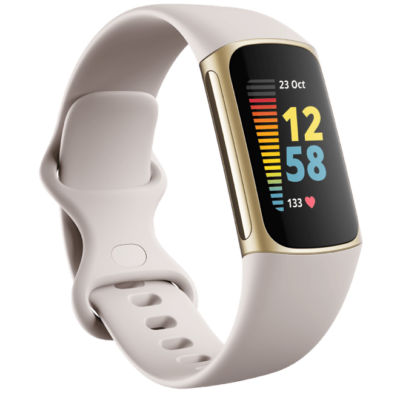
FitBit Charge 5 from Fitbit.com
There was no way to determine sleep quality outside of a lab for our parents generation. They lay down on their lumpy mattresses and maybe take their questionably safe sleeping pills and put on their blinders and hope for the best.
Now technology has caught up with demand and there’s an entire array of products on the market for monitoring sleeping patterns. These are wearable sleep-trackers, which range from wristbands, armbands, smartwatches, headbands, rings, sensor clips and more. They’re all designed to either enhance sleep or improve sleep behaviours using bio-feedback devices, neurostimulators and at the high end, brainwave entrainment systems.
Most wearable sleep-trackers are over the counter and relatively low-cost devices that you can get without visiting the doctor. They were originally designed as fitness-trackers and now claim to measure biometric signals like heart rate variability, skin conductance, and temperature, in addition to motion, from which information about sleep can be pulled. The biggest names involve cloud-based storage platforms for data storage and integration.
Companies involved Swiss tech giant Garmin (NYSE:GRMN), private Boston-based WHOOP, Amazfit through its parent company Zepp Health (NYSE: ZEPP), FitBit through its parent company, Google (NASDAQ:GOOG) and our focus for today HapBee Technologies (TSXV:HAPB) (OTCMKTS: HAPBF).
Hapbee Technologies
Hapbee (TSXV:HAPB) (OTCMKTS: HAPBF) is a wearable technology platform looking to help people improve their lives. The company’s core product is the HapBee Neckband, the Sleepbee Sleep Mask and the SleepBee Bed Topper, which all connected to the HapBee app, which is a patented biostreaming platfrom that uses low-power electromagnetic blends to help users optimize sleep, recovery, productivity and downtime.
In previous news, HapBee Technologies completed a five month study that gathered sleep data from users using Hapbee Biostreaming Blends. The study included 31 Hapbee users, who used the Oura Ring sleep tracker for five months, providing biometric data between Sept. 1, 2021, and March 1, 2022.
The company reported 60 per cent of Hapbee users used the Deep Sleep Blend in March, 2022 to get to sleep. Specifically the top five blends were ranked by user percentage in March, with Deep Sleep topping the list at 59 per cent, Wake Up in at second with 38 per cent and Morning Coffee and Master Your Attention tied for third and fourth respectively at 32 per cent.
Here are the user results from Hapbee’s blends:
“Melatonin (Deep Sleep) Biostream Blends
-
- Sleep Score increased from a mean of 77.78 to 81.81 (p<0.0001)
- Rapid Eye Movement (REM) Sleep Duration significantly increased by more than 13.5 minutes from 5390 sec to 6214 sec (p<0.0001)
- Nightly Awake Time was substantially reduced by almost 8 minutes, indicating that the signal extended the users’ REM sleep, a phase that helps with memory processing and learning, and shortened the amount of time users spent awake at night
- Nightly Sleep Latency was reduced by approximately 3 minutes from 785 seconds to 609 seconds (p=.0018), indicating that this blend reduced the amount of time users spent trying to fall asleep
BedTime (Adenosine) Biostream Blends
-
- Sleep Score increased from a mean of 77.93 to 82.87 (p<0.0001)
- Nightly Sleep Latency was significantly reduced by approximately 3.5 minutes from 778 sec to 564 sec (p=.0054), indicating that biostreaming this signal reduced the amount of time users spent trying to fall asleep
The largest improvement in an individual user’s average Sleep Score and REM score was an increase of 17% and 48%, respectively, in which the Deep Sleep Blend, formulated with the magnetic signal of melatonin, was played.”
The company intends to scale product sales and acquire customers through continued testing and optimization of its business-to-consumer strategy, while pursuing its business-to-business and marketing angle, allowing HapBee to exand product delivery, increase its subscriber base and grow its brand.
To learn more about their science, visit Hapbee.com
Pharmaceutical sleep aids
Finally, the most easily recognizable sleep technology is the classic sleeping pill. It’s been around for as long as there’s been pills to take, and it’s gone through multiple different iterations and generations. A product with that long a tail has some curious stories attached to it, including ambien’s weird chemically inspired behaviour to halcion (triazolam) and it’s well documented course to hardcore addiction.
According to the recent analysis research report, the global Sleeping Aids Market in 2019 was approximately USD 64.29 billion. The market is expected to grow at a CAGR of 6.7 per cent and is anticipated to reach around USD 101.7 billion by 2026. Top market manufacturers are the usual suspects in the pharmaceutical sector: Pfizer (NYSE:PFE), Merck (NYSE:MRK), Sanofi (NASDAQ:SNYF), GSK (NYSE:GSK)
Beyond sleeping aids, there are over-the-counter variations that can help sufferers deal with insomnia. These drugs include:
- Diphenhydramine (Benadryl). Diphenhydramine is a sedating antihistamine. Side effects might include daytime drowsiness, dry mouth, constipation and urinary retention.
- Doxylamine (Unisom). Doxylamine is also a sedating antihistamine. Side effects are similar diphenhydramine.
- Melatonin. The hormone melatonin helps control your natural sleep-wake cycle. Some research suggests that supplements can be helpful in treating jet lag or reducing the time it takes to fall asleep — although the effect is typically mild. Side effects often include headaches, nausea and daytime sleepiness.
And the companies inolved are Johnson and Johnson (NYSE:JNJ) for Benadryl, Chattem (for Doxylamine) subsidiary of Sanofi, (Metatonin) Nature Made (Pharmavite subsidiary of Otsuka Pharmaceuticals).
The future of sleep
What’s peculiar about this industry is that this is really just the beginning.
For example, there is the Finnish company, Beddit, which produces a sleep sensor that goes under your sheets. It monitors sleep stages, heart rate, respiration rate. Then there’s 2breathe technologies, which uses a smart, connected technology to deliver sleep-inducing breathing exercises. A sensor picks up the users breathing patterns, sends it through an iOS app through Bluetooth and the app converts the breathing into tones that guide the user to prolonged exhalation and slower breathing. This continues until the user falls asleep.
Finally, technologies are advancing in areas like neuromodulation, which involves the stimulation of nerves in the brain to help relax while under distress, which is something presently being explored by athletes for focused relaxation periods.
Any one of these could be acquisition targets in the future.






